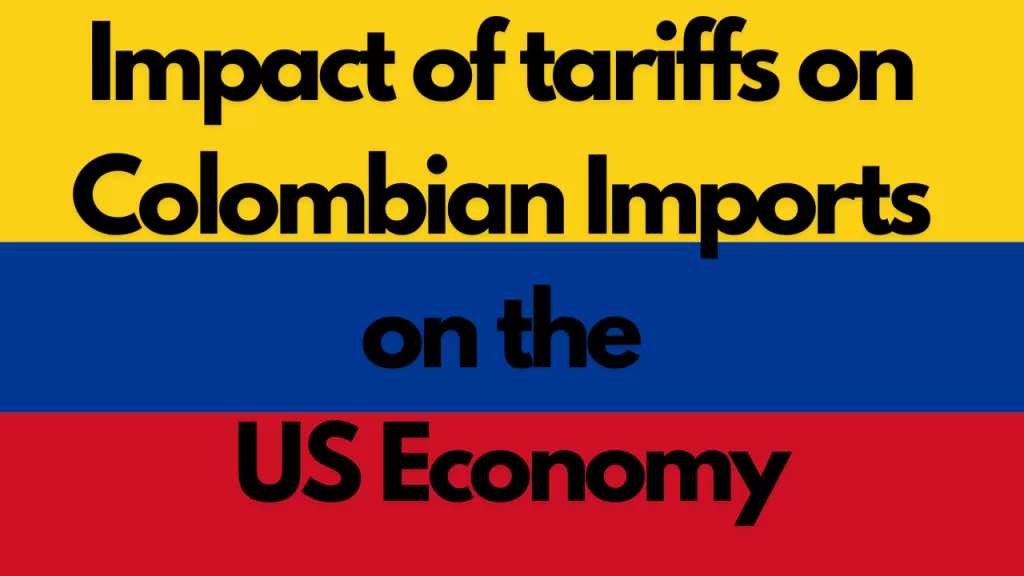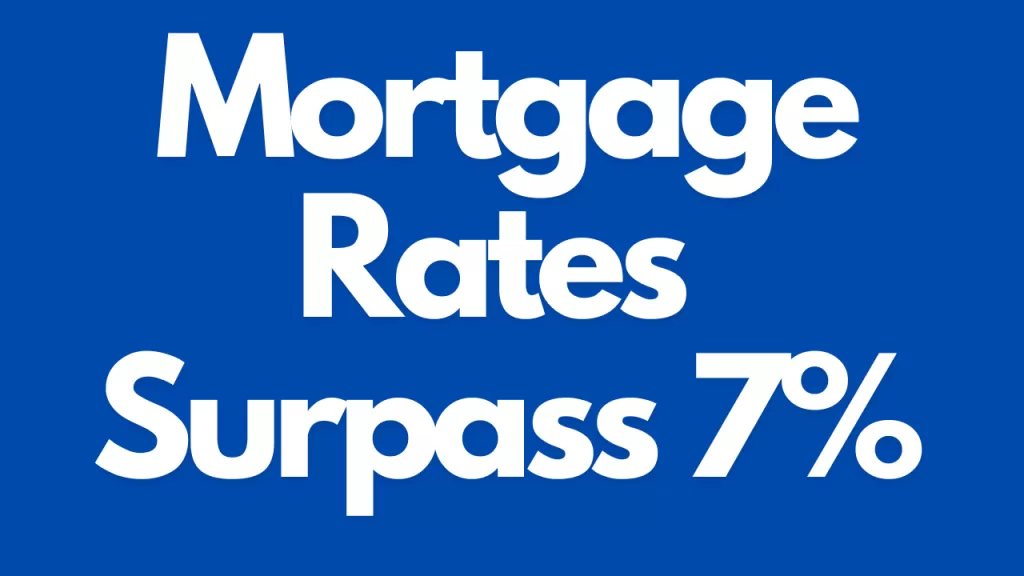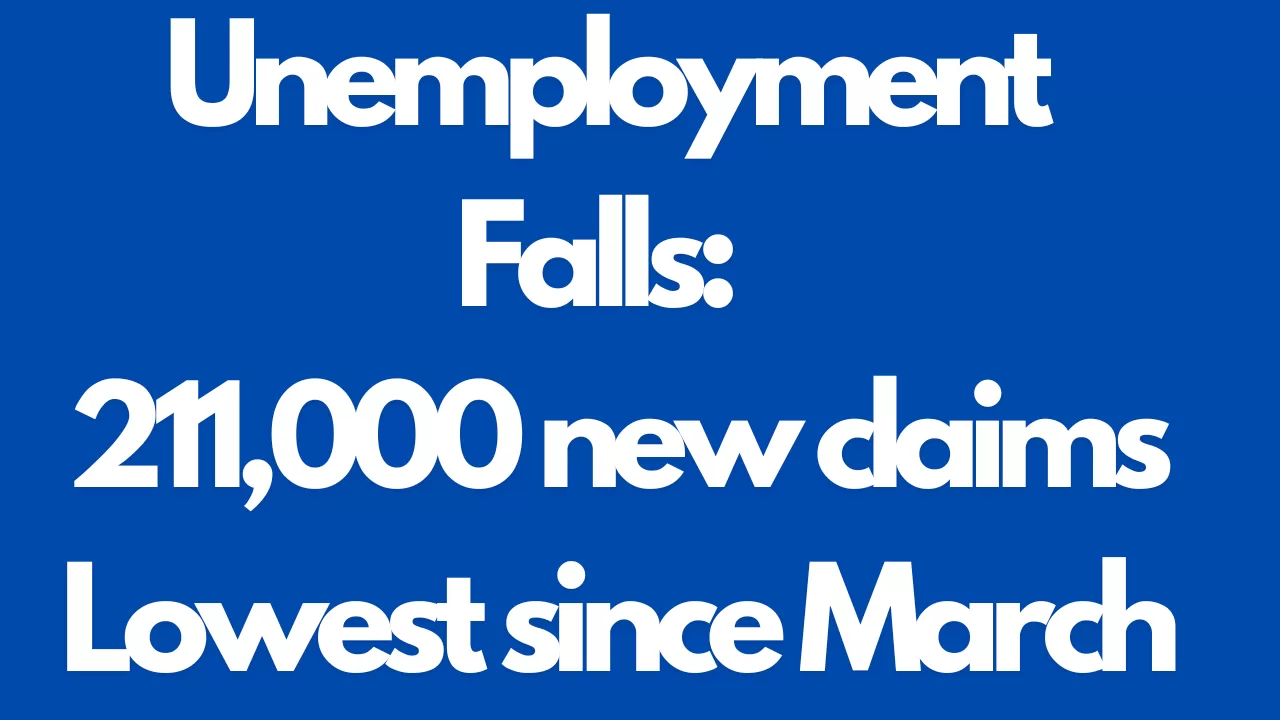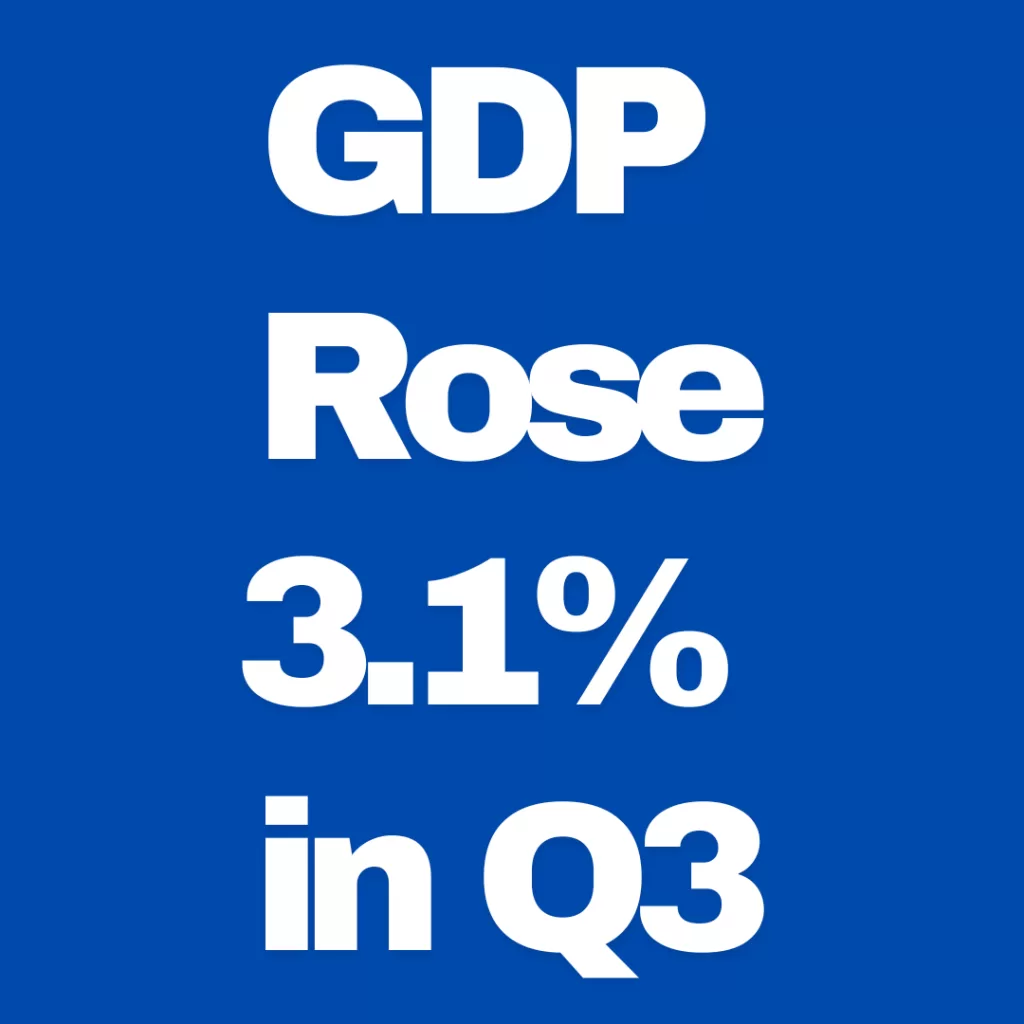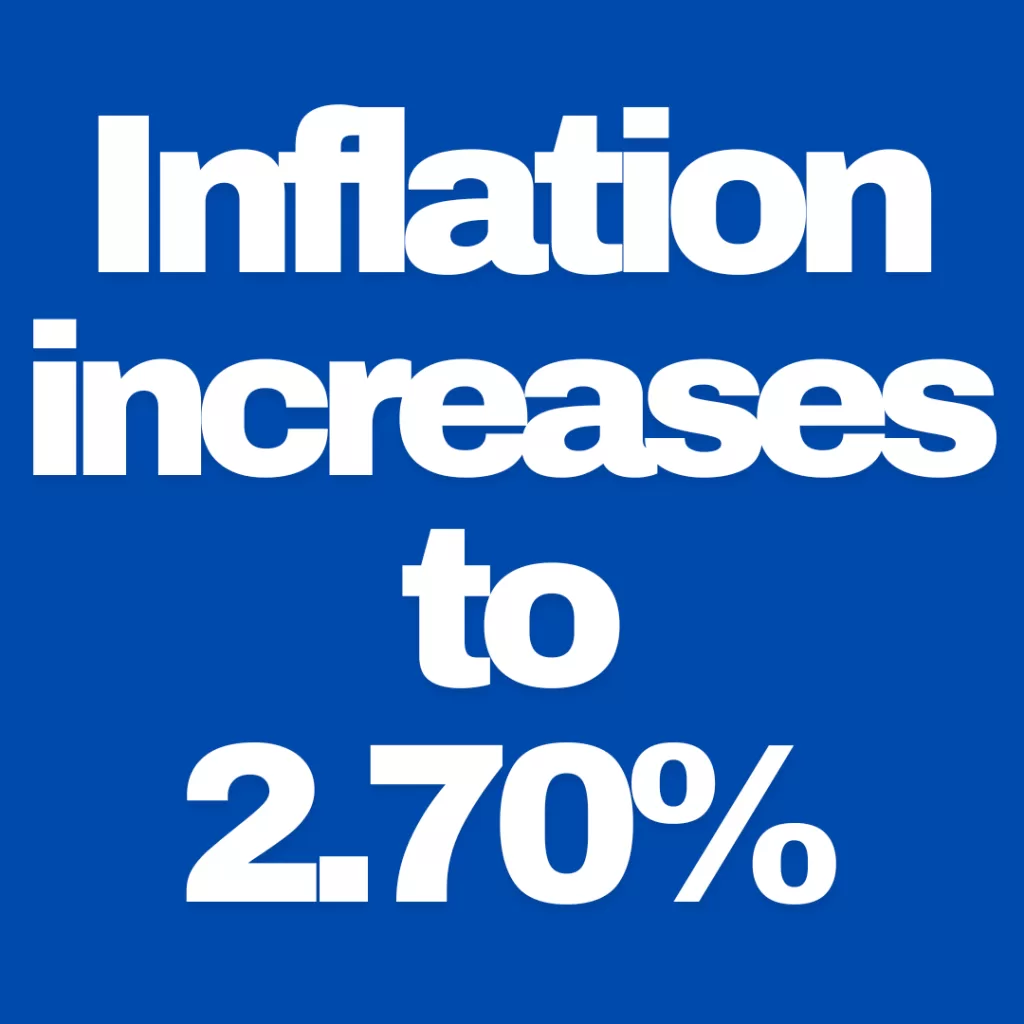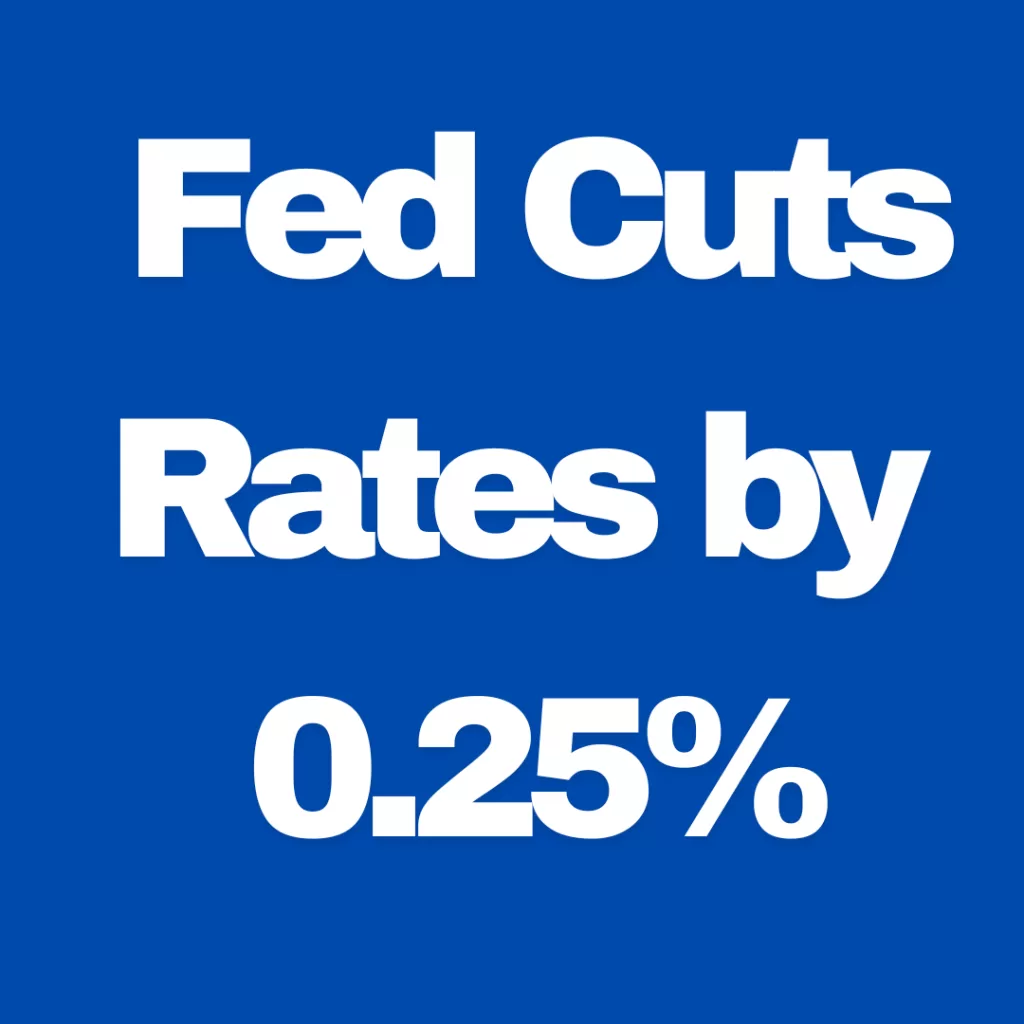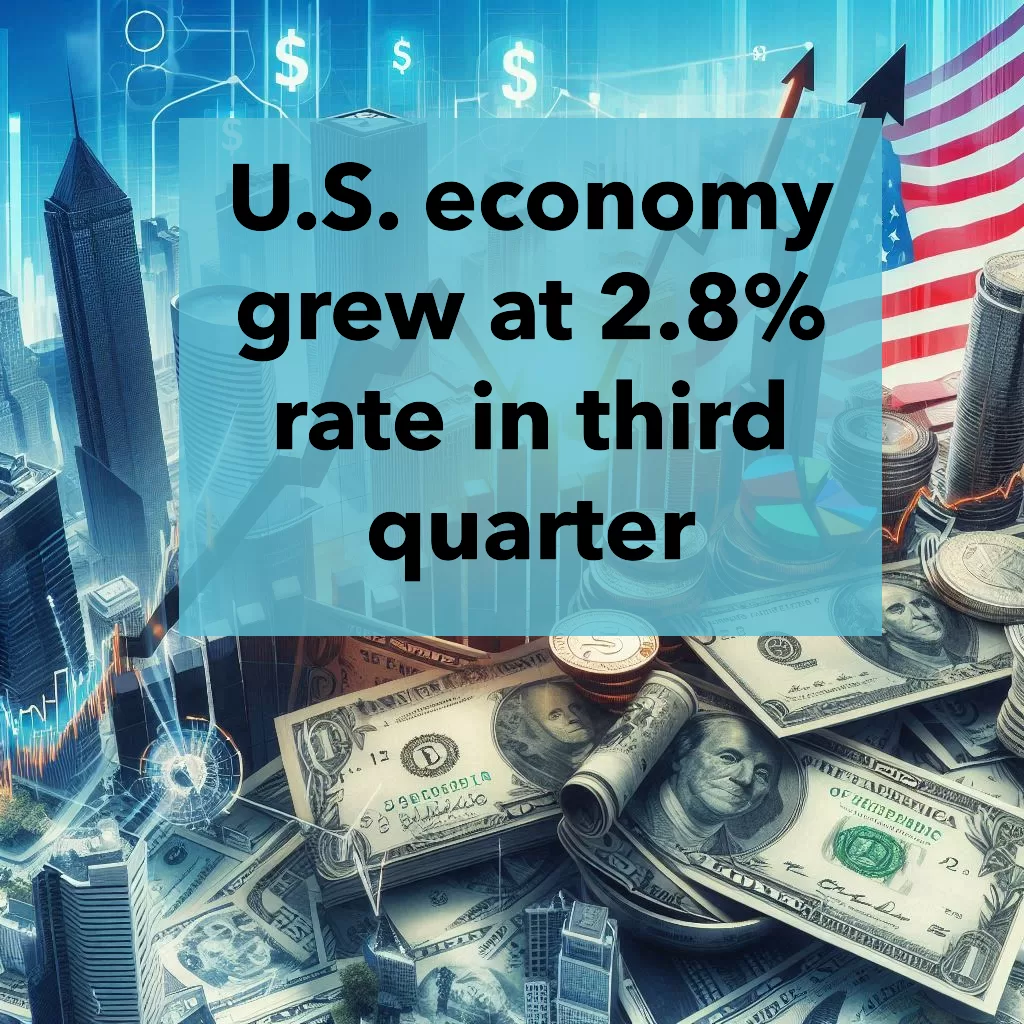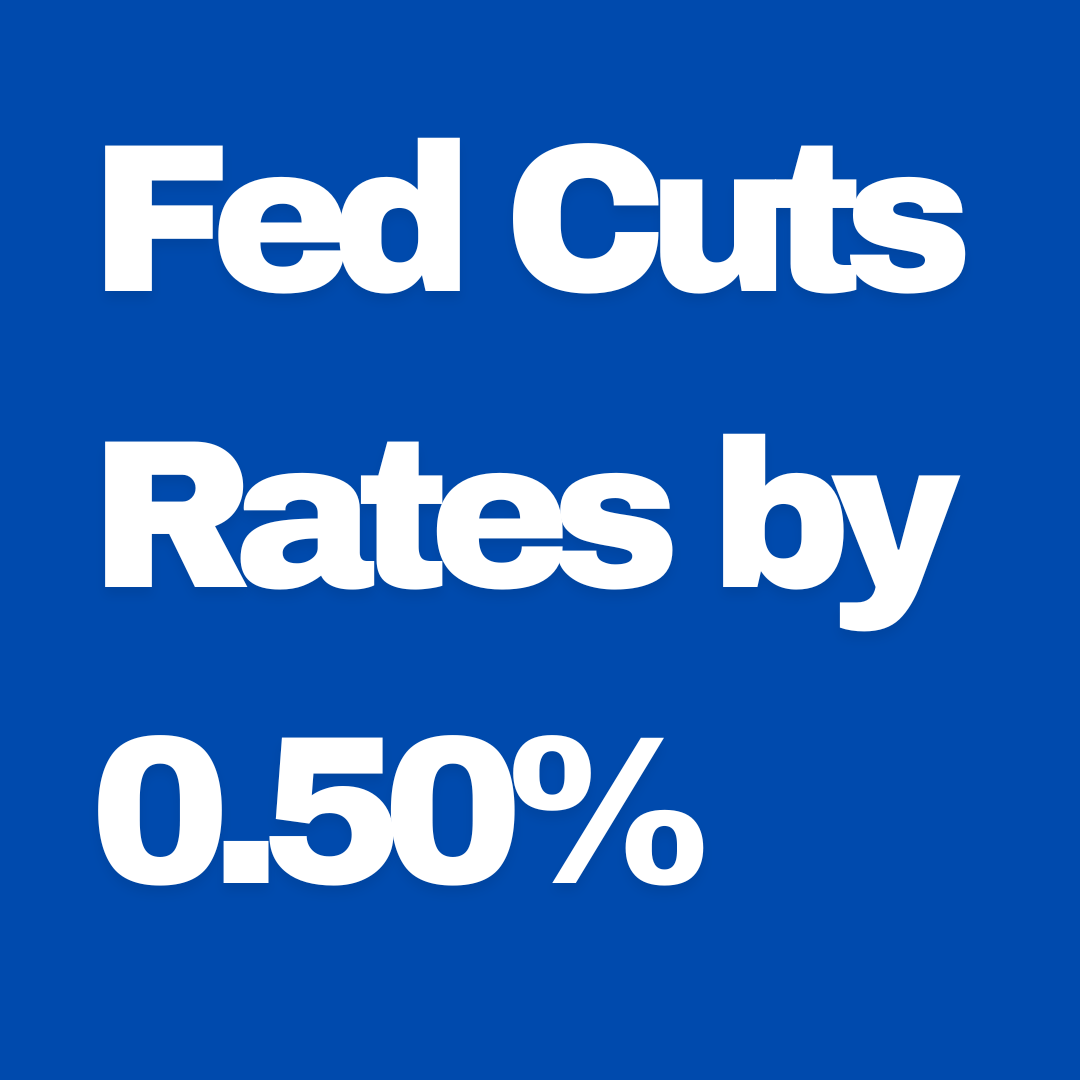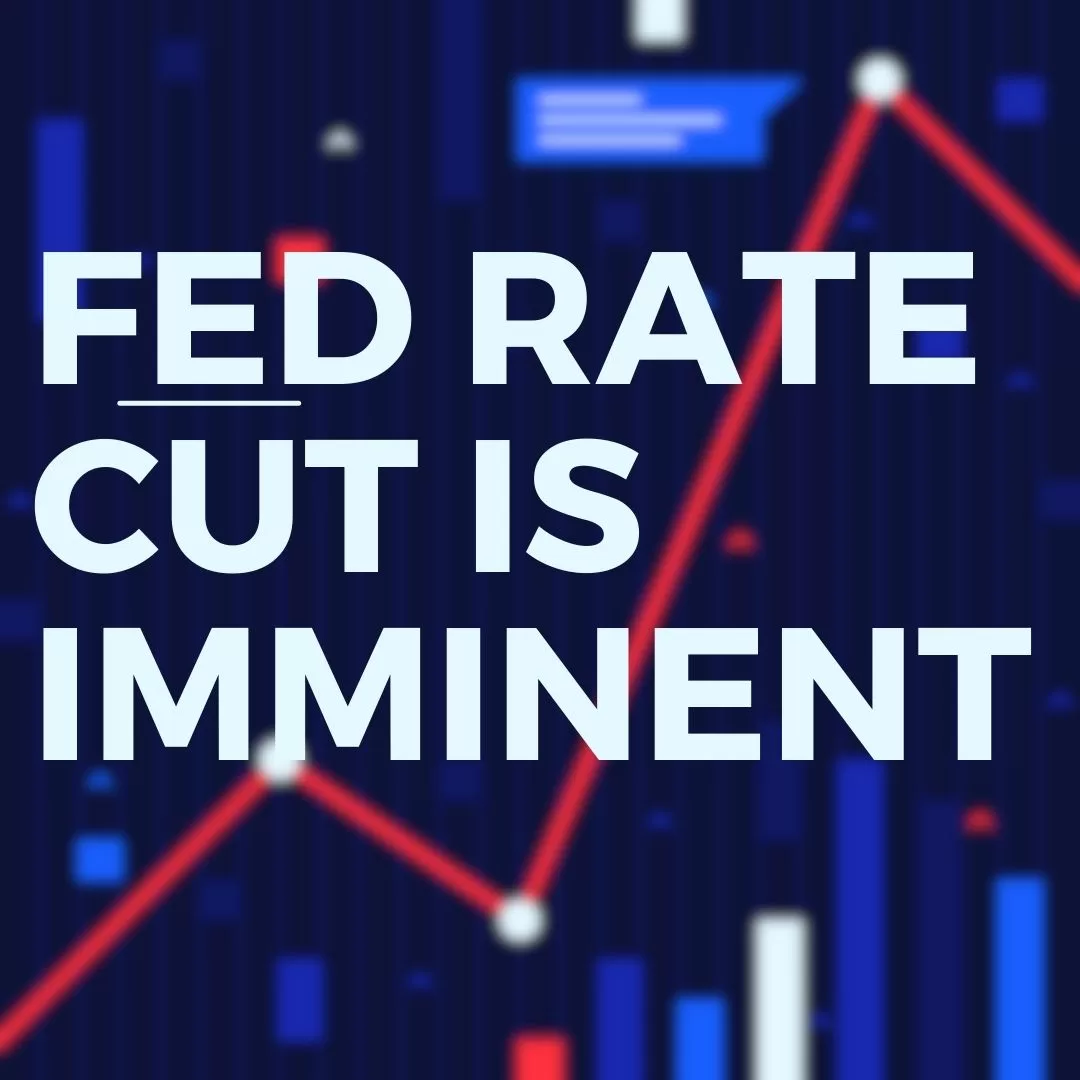Fed Doesn’t Make a Move – Rates remain Unchanged
On January 29, 2025, the Federal Reserve announced its decision to maintain the federal funds rate within the 4.25% to 4.50% range, citing ongoing solid economic activity, stable low unemployment, and persistently elevated inflation.
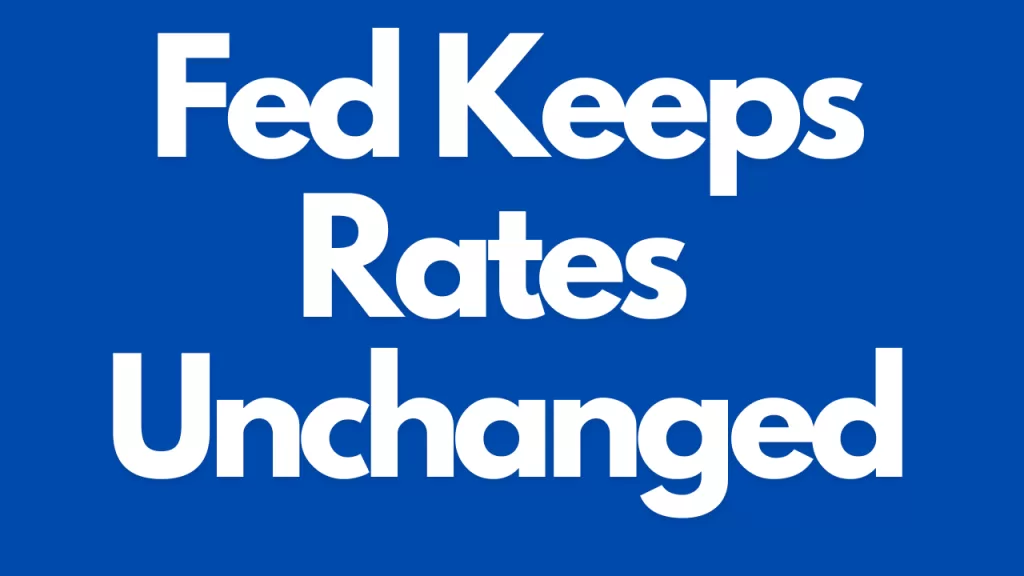
Economic Implications:
- Banking Sector: Moody’s analysts suggest that holding interest rates steady allows banks to better align deposit pricing with declining loan yields, thereby supporting net interest income. marketwatch.com
- Inflation Control: The Fed’s decision reflects its cautious approach to managing inflation, which remains above the 2% target. Maintaining current rates aims to prevent exacerbating inflationary pressures. ft.com
- Market Reactions: Investors are closely monitoring the Fed’s stance, with major indices experiencing gains ahead of the announcement. The decision to keep rates unchanged provides markets with a degree of stability amid economic uncertainties. investors.com
Political Context: Fed Doesn’t Make a Move
President Donald Trump has advocated for significant rate cuts to stimulate economic growth. However, the Fed’s decision to hold rates steady underscores its commitment to data-driven policy and maintaining independence from political pressures.
Future Outlook:
The Federal Reserve emphasized that future rate decisions will be informed by incoming economic data and the evolving economic outlook. Factors such as inflation trends, labor market conditions, and the impact of new fiscal policies will play crucial roles in shaping monetary policy moving forward.
For a more in-depth understanding, you can watch Federal Reserve Chair Jerome Powell’s press conference discussing the decision:
On January 29, 2025, the Federal Reserve announced its decision to maintain the federal funds rate within the 4.25% to 4.50% range, citing ongoing solid economic activity, stable low unemployment, and persistently elevated inflation.
Economic Implications: Fed Doesn’t Make a Move
- Banking Sector: Moody’s analysts suggest that holding interest rates steady allows banks to better align deposit pricing with declining loan yields, thereby supporting net interest income. marketwatch.com
- Inflation Control: The Fed’s decision reflects its cautious approach to managing inflation, which remains above the 2% target. Maintaining current rates aims to prevent exacerbating inflationary pressures. ft.com
- Market Reactions: Investors are closely monitoring the Fed’s stance, with major indices experiencing gains ahead of the announcement. The decision to keep rates unchanged provides markets with a degree of stability amid economic uncertainties. investors.com
Political Context:
President Donald Trump has advocated for significant rate cuts to stimulate economic growth. However, the Fed’s decision to hold rates steady underscores its commitment to data-driven policy and maintaining independence from political pressures.
Future Outlook:
The Federal Reserve emphasized that future rate decisions will be informed by incoming economic data and the evolving economic outlook. Factors such as inflation trends, labor market conditions, and the impact of new fiscal policies will play crucial roles in shaping monetary policy moving forward.
For a more in-depth understanding, you can watch Federal Reserve Chair Jerome Powell’s press conference discussing the decision:

